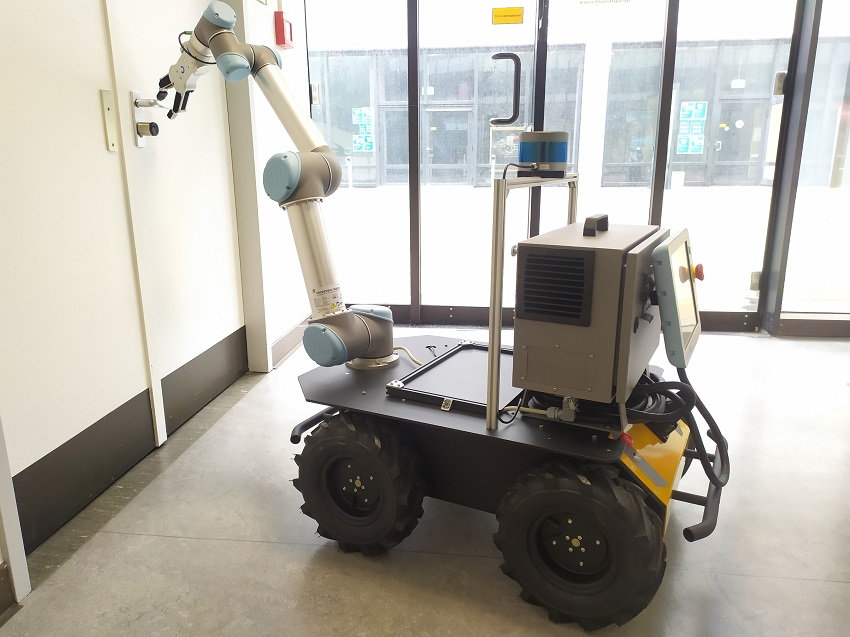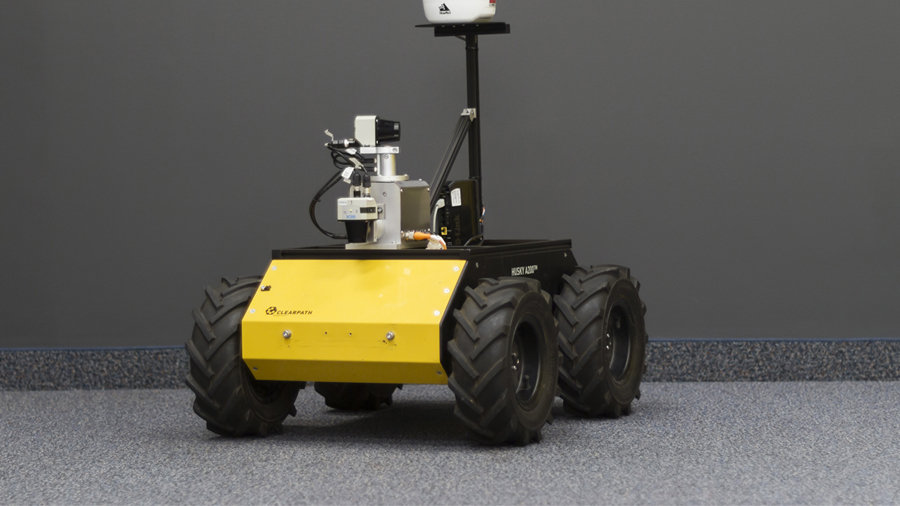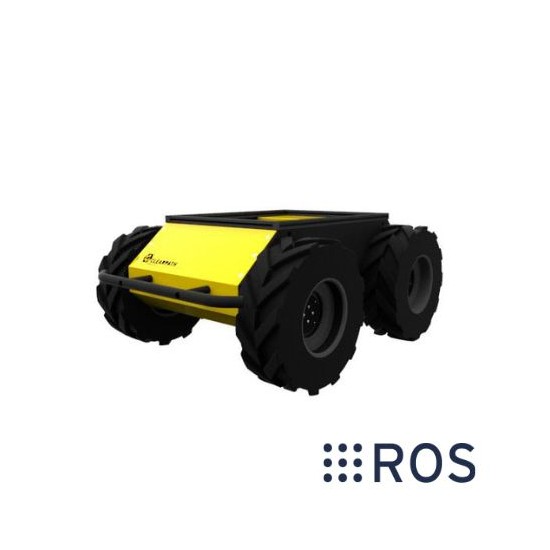HAW Hamburg (Hamburg University of Applied Sciences) is the third largest university of applied sciences in Germany. It is also where you’ll find the Autosys research laboratory, specialised in developing autonomous systems for use in smart cities.

For several years, Génération Robots has been working with Hamburg University, providing the equipment needed for experiments as part of this project (mobile robots, LiDAR, depth cameras, etc.).
TIQ: the HAW Hamburg smart city project
The HAW laboratory’s TIQ project (Test Area Intelligent Quartier Mobility) is aimed at improving residents’ quality of life and vehicle mobility.
Part 1 of the project: data collection
Data collection is a key part of this project. Researchers will need to build and deploy a network of sensors to glean a wealth of information on the movements of pedestrians, cyclists, scooters, mailmen, etc.
They must also respect inhabitants’ anonymity and privacy (sensors designed on the “privacy by design” principle).
Machine learning will be used to analyse the huge amounts of data and to cross-reference them with other information, including pollution rates, weather, etc., with a focus on predicting activities and visualising data.
Part 2 of the project: autonomous robots
The second part of this project will involve creating and deploying autonomous vehicles capable of moving around safely in a pedestrian environment.
These robots must be able to act with a high degree of autonomy and perform many different tasks, for example dropping off and picking up items or packages, using a vending machine, etc.
Researchers are currently working on developing a mobile robot able to take a lift on its own so that it can move freely around the campus.
They have chosen a Husky, designed by Clearpath Robotics and distributed by Génération Robots.
The team has equipped it with a UR5 robot arm and various sensors to give it a 3D understanding of its environment and the ability to pinpoint its location:
- 2 x Intel Realsense D435 depth cameras
- 1 x RoboSense RS-LiDAR-16 3D LiDAR
- 1 x UM7 orientation sensor
- 1 x u-blox 7 GPS

Why Husky?
The Husky robot is used in particular for mapping missions in hostile environments (mines, Mars simulation, mine clearance operations, etc.), but also for maintenance tasks (monitoring and detection of bridge vibrations).
It has a good autonomy (8 hours) and can carry up to 75 kg.
The Husky robot is used regularly in research for applications in smart cities and pedestrian environments.
Below you’ll find links to two use cases of the Husky and Jackal robots by Clearpath Robotics:
The TaBuLa project: an autonomous shuttle and robotic postal service (Jackal robot):
- The TaBuLa project: an autonomous shuttle and robotic postal service
- ROSBIM project: integrating robotics into the construction industry
Husky robot by Clearpath Robotics:
- API: ROS, C++, Python
- Open-source
- Active community
- Numerous online resources
- Max. payload: 20 kg
- All-terrain payload: 10 kg
- Max. speed: 2.0 m/s
- Charge time: 4 h
- Autonomy in standard use: 8 h
- Standard use: 8 h
You can see the Husky in action on the HAW Hamburg campus in the following video:


